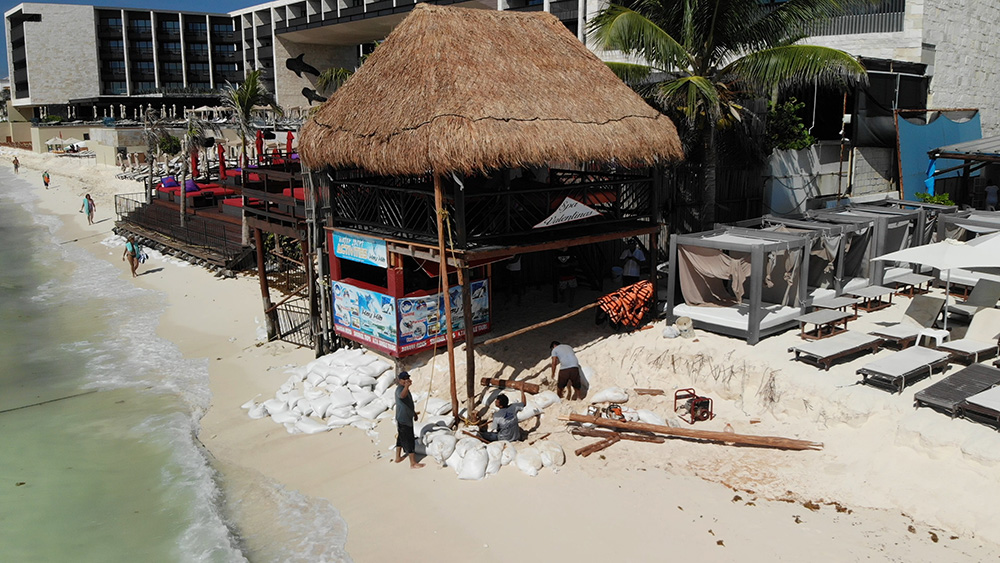Atlas of the Future is a joyous ‘resource of hope’ mapping good news on planet Earth. As editor of the online magazine, I spend every day adventuring into a better tomorrow with the people dedicated to solving our biggest challenges. As we know, radical change is needed more urgently than ever. The good news is that all around the world people are stepping up. Atlas of the Future call them ‘FutureHeroes’ and hope their stories will light sparks. They cover everything from arts and culture to technology, sustainability and regenerative design – as long as it’s for social good and exciting. In issue 12 of Ethos, our friends at Atlas of the Future introduced us to CCell, a FutureHero harnessing the power of waves to produce electricity…
Published:
04.2020
Writer:
Lisa Goldapple
CCell
Coastlines and beaches are dynamic, living landscapes. They evolve and erode as sand gets blown by wind and tumbled by destructive waves; sandbars and pools arise and disappear; and dunes shrink and migrate.
With climate change, storms are becoming more frequent and ferocious, leading to the accelerated erosion of coastlines. This leaves many coastal communities and low lying areas increasingly vulnerable to flooding and damage.

Existing methods for protecting coastlines – seawalls, revetments and dykes – are expensive, use a lot of concrete and rarely look good. By contrast, coral reefs are a natural and sustainable solution. However, rising water temperatures and acidity is leading to bleaching and ultimately death. When corals are stressed, they expel the symbiotic algae living in their tissues, causing them to turn completely white. Sadly, the world has lost over half of all its reefs, which provide a habitat for a quarter of all known marine species.
CCell is harnessing the power of waves to produce electricity, which they use to grow beautiful artificial coral reefs. By growing faster than in nature, this is a natural, beautiful, long-term solution that will provide coastal protection, enhance marine ecosystems and promote tourism.
The world’s first eco-based coastal protection powered by renewable wave energy was created by hydrodynamic consultant and civil engineer Will Bateman to harness the power of nature and provide an active breakwater to protect shores from erosion and enhance beaches.
The simple and sturdy biomimicry design involves an ultra-light curved paddle that is able to withstand extreme conditions – harnessing energy within ocean waves to generate electricity. After CCell-Wave has captured wave energy, small electrical currents extract minerals (mostly calcium carbonate) within the sea water to form rock around steel wire frames placed on the seabed. This ‘electrolytic’ technique grows artificial reefs that provide a foundation on which to grow corals at an accelerated rate.
CCell provides a natural solution that will transform the traditional coastal protection industry...
The combination of 3D bathymetry maps, global climate models and local wave buoy data is used to develop a numerical model that approximates waves and currents in the area. ‘Bathymetry’ is exactly what it sounds like – the study of underwater depth of lake or ocean floors. The solution is remotely monitored through a 3G mobile link, which allows engineers to fine-tune power to the reef and monitor the health of the paddles.

To protect beaches by growing beautiful coral reefs using 100% renewable energy, CCell provides a natural solution that will transform the traditional coastal protection industry. Will’s vision is unique, because it not only tackles a major biodiversity issue, but the issue of coastal resilience too. Plus, it helps maintain beautiful beaches and creates new and exciting dive sites – also helping to promote ecotourism.



